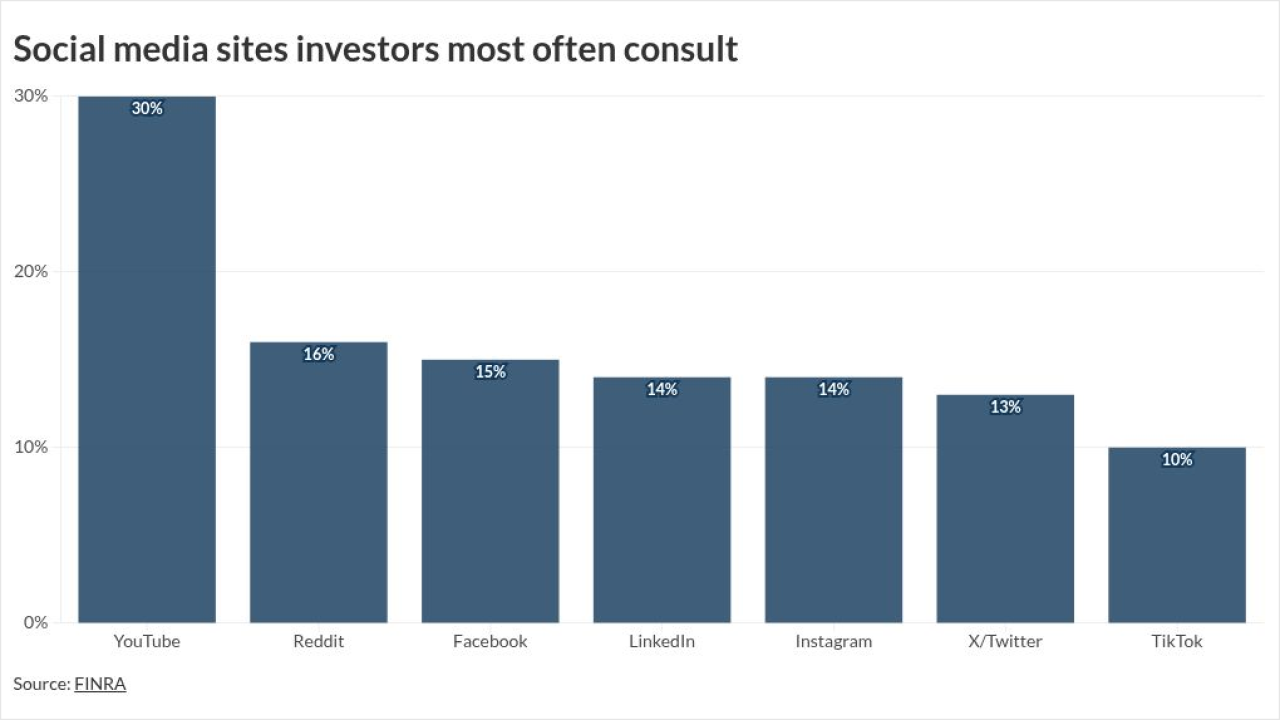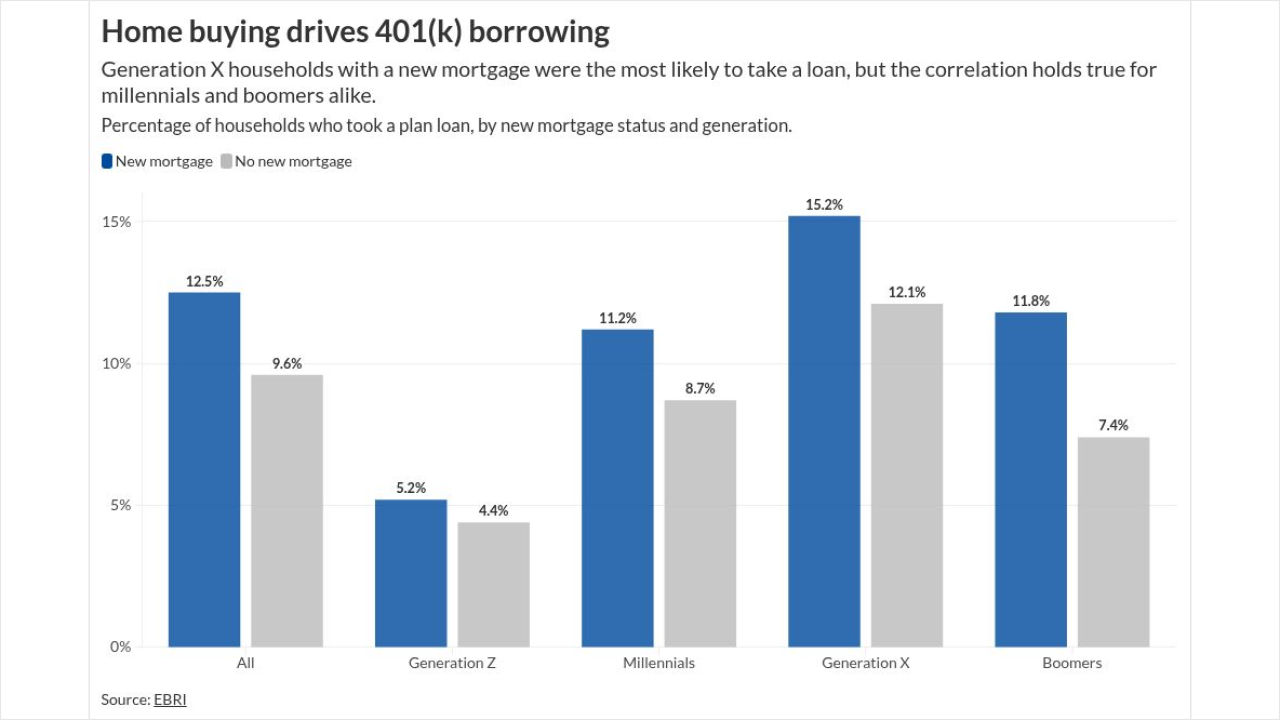For bond funds, duration is a big part of destiny this year.
The top-performing biggest intermediate bond funds, led by Jeffrey Gundlach’s DoubleLine Total Return Bond Fund (DBLTX), generally have shorter duration than rivals. And laggards, such as Western Asset Core Plus Bond Fund (WACPX), have longer ones. Duration, one of several factors that determine performance, measures sensitivity to changes in interest rates.

As yields on 10-year Treasurys have reached 3%, shorter duration is helping managers pare losses.
-
Anticipating volatility and its implications could make a big difference.
February 22 -
Debt is back on the rise, this time led by government.
April 9 -
The fund took in 100 times its average weekly amount after the latest jobs and wage data showed tepid inflation growth.
March 20
“We turned maximum bearish on 10-year yields and bonds generally July 6, 2016,” Gundlach told investors. “We’ve remained in a bearish posture largely on rates since then.”
An exception to the rule: the Pimco Total Return Fund (PTTRX), which combines the lowest duration among the 10 biggest active funds but only middling performance. Intermediate funds generally get compared to the Bloomberg Barclays U.S. Aggregate Bond Index, which has a duration of 6.31 years.
While outpacing the S&P 500, the price tag is higher — the average expense ratio is more than 1%.
Gundlach, whose fund is down 1.28% this year, had this advice for investors: “Stay at the short end of the curve.”






